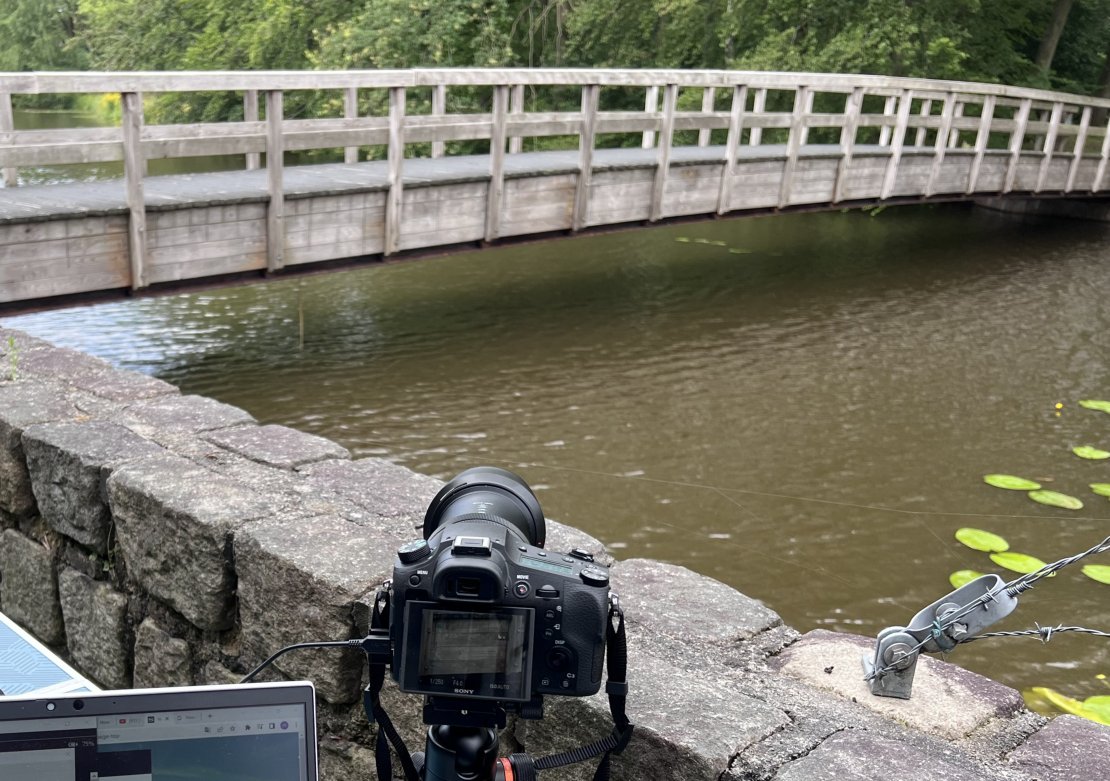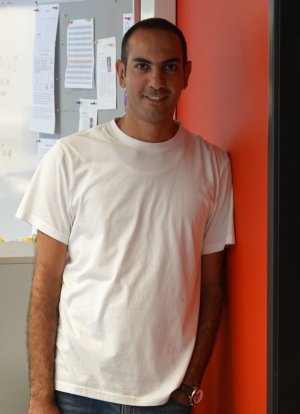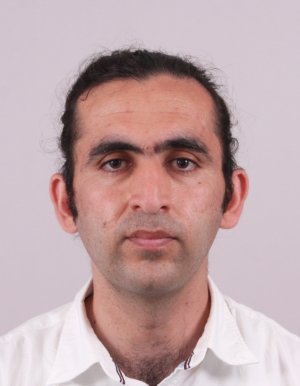Structural health monitoring for smart infrastructure (SHM4SI) research team aims to understand how structures behave. Sensor technologies enable engineers with useful information on structure’s load and response. The challenge, however, is to “make sense” of it and put it in the context of structural performance/behaviour. The characterization of the structure’s load-response mechanism and application of engineering knowledge aid (i) detecting anomaly events such as damages at their onset, thus increasing the chance of preventing their further propagation and prolonging the life span of the structure, and (ii) explaining the behaviour of the structure whether it is an old structure with some structural faults, such as the Cleddau bridge, or a new structure built using novel manufacturing techniques, such as the first metal 3D printed bridge – the MX3D bridge.
We use a range of (i) sensors and measurement collection techniques (e.g., SONAR, computer vision, and smartphones) to collect and measure structures’ response, and (ii) measurement interpretation approaches to characterize structures’ response, be it dynamic, static and/or quasi-static.

Dr Rolands Kromanis

Dr Rolands Kromanis is a tenure track assistant professor in the Department of Civil Engineering at the UT. He holds a PhD in Civil Engineering from the University of Exeter, UK, which he obtained in June 2015. His main research focus is on the characterization of bridge response for their condition assessment. Much of Roland’s research is devoted to understand temperature loads on bridges, which govern long-term bridge response. Roland has also been applying computer vision-based techniques for capturing bridge dynamic, static and thermal response. He has received a prestigious Studies & Research Award from the Institution of Civil Engineers (ICE) for his achievements in applying computer vision measurements in teaching, and academic and industry collaboration projects. His knowledge and experience in (i) applications of computer vision for measuring bridge response (ii) and analysis of long-term bridge response are greatly appreciated in the scientific (SHM) community and industry.
Mohsen Bastani

Mohsen is currently studying his EngD on designing a monitoring system for the condition assessment of the Beatrix lock complex. His design project is under the supervision of Professor André Dorée and Dr. Roland Kromanis in the department of civil engineering and management and in cooperation with Heijmans company.
With a background in structural engineering, his expertise is in the field of image processing. Thus, vision-based monitoring is right up his alley. Prior to joining the SHM4SI group, Mohsen worked as a site manager on industrial structure retrofit projects at the Mobarakeh steel plant.
Previous members of the team
Maria Xofi

Maria joined the SHM4SI group as a PhD candidate to work on structural health and condition monitoring of bridges. In particular, her research work focuses on a hybrid approach (data-driven and physics-based) to characterize the bridge response under operational and environmental variations. Her past work experience as a Structural Engineer was in the industry on new design-build projects and on seismic/ structural assessments of existing buildings in Europe and overseas.
Dr Said Elias

Said Elias is currently focused on structural health monitoring of bridges using vision-based techniques. Because this is a robust and cost-effective solution for characterizing the load and structural response of bridges. Earlier, he worked as a post-doctoral research scholar in the Earthquake Engineering Research Centre, University of Iceland. There, his research has mainly focused on the prediction and safety of structures under multiple hazards. His future focus will be to establish a team that will contribute to usage of artificial intelligence for structural health monitoring, vibration control of structures, assessment of onshore and offshore structures, structural dynamics, earthquake, and wind engineering.
Dr Prateek Negi

Prateek received his Ph.D. in structural health monitoring (SHM) of underground structures from the Department of Civil Engineering at the Indian Institute of Technology (IIT) Delhi, India. He did his M.Tech. in Geotechnical engineering from Delhi Technological University and B.Tech. in Civil engineering. He is involved in the research and development of sensor technologies and systems for performing structural health monitoring of civil structures.
Here at the University of Twente, as a postdoctoral fellow, he is reviewing SHM technologies for wet infrastructure such as navigation locks, canals, quay walls, and dikes.
Projects
Underwater monitoring system
The aim of this project is to design a sensor system for monitoring the long-term performance of the lock complex, by assessing the bed protection condition near the lock structure excited by the propeller wash of the large vessels.
The Princess Beatrix Lock complex, located in Utrecht, the Netherlands, with three chambers, is a very busy ship transportation node in Dutch inland waterways. The Heijmans construction company, as a client of this project, is responsible for the maintenance of the lock for 27 years. Nevertheless, they are not the determiner of the chambers for ships to pass through the lock. Thus, they need to be aware of the influence of different ships’ passage with different behaviors to improve or modify the current operational guideline. Therefore, The impacts on the approach bed need to be monitored after every ship passage. To do this, using a monitoring system is developed to continuously scan the bed morphology of the canal to analyze the different behavior of passing ships.
Bridge monitoring of intelligent infrastructure
The aim of this project is to develop an integrated measurement interpretation approach, which produces accurate predictions of bridge response resulting from applied loads (e.g., temperature, traffic, and wind).
To address the issue of effective monitoring, a data-driven approach is developed to characterise the bridge response based on combining the effect of environmental, static, and dynamic loading conditions under continuous monitoring data of at least one year. The methodology involves site data collection using a wired sensor system, analysis, and interpretation of collected data, and characterization of bridge response through time. Bayesian processes are employed to characterize traffic-induced response knowing the properties of vehicles and bridge response. The regression-based thermal response prediction methodology characterizes bridge thermal response. Bridge conditions then are assessed by analyzing the difference between predicted and measured response. This process detects any anomaly or possible defects or damages if present. The data collection is based on real full-scale footbridges that are used on a daily basis with a series of several contact sensors installed such as accelerometers, strain gauges, inclinometers, and temperature sensors.
Publications & External links
- Measuring Dynamic Response of the Wilford Suspension Bridge with a Vision-Based Measurement System: A Case Study
- Measuring Thermal Response of Bridges Using Vision-Based Technologies and LVDTs
- Technological mediation and civil structure condition assessment: the case of vision-based systems
- A multiple camera position approach for accurate displacement measurement using computer vision
- Characterizing Footbridge Response from Cyclist Crossings with Computer Vision-Based Monitoring
- Vision-Based Damage Detection Using Inclination Angles and Curvature
- Damage detection techniques for structural health monitoring of bridges from computer vision-derived parameters
- Performance of signal processing techniques for anomaly detection using a temperature-based measurement interpretation approach
- The Effect of Temperature Variation on Bridges—A Literature Review
- The resilience of vision-based technology for bridge monitoring
- An interview with Roland Kromanis, Tenure Tracker at the 4TU Centre for Resilience Engineering, about the 3D printed bridge

